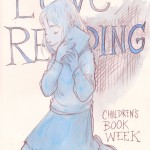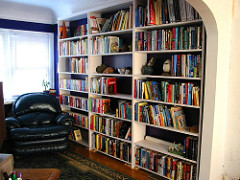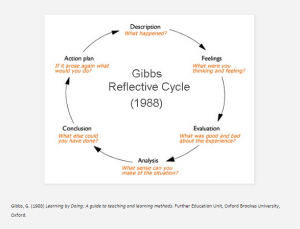Wow, I am finally on the last of the ‘Things’ and it has made me look at something that I thought I would not use again. When I was working for my last authority they brought in the use of Hootsuite for members of staff who wanted to tweet about what was going on in the library environment. Unfortunately in those days it was less user friendly and we all gave up trying to use it and tended to send just the odd tweet about events from our own accounts. Not the best way to build up a brand image for our users. Hopefully the version that I signed up to today is easier to use and will enable me to keep track of the different social media that I use.
I have also signed up for Google alerts for things book and library based, although I do hope I don’t get overwhelmed by them. We will see!
I just want to say thank you to everyone involved in the Rudai 23 things course. It has been challenging, informative, helpful and above all a very friendly and supportive course to have been on. I think it really does show how librarians in different countries, working in different fields are willing and able to help and learn from each other. It has been a really lovely experience.



